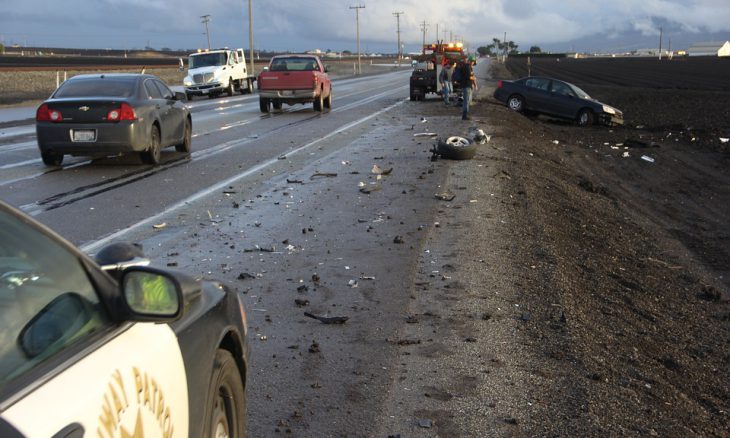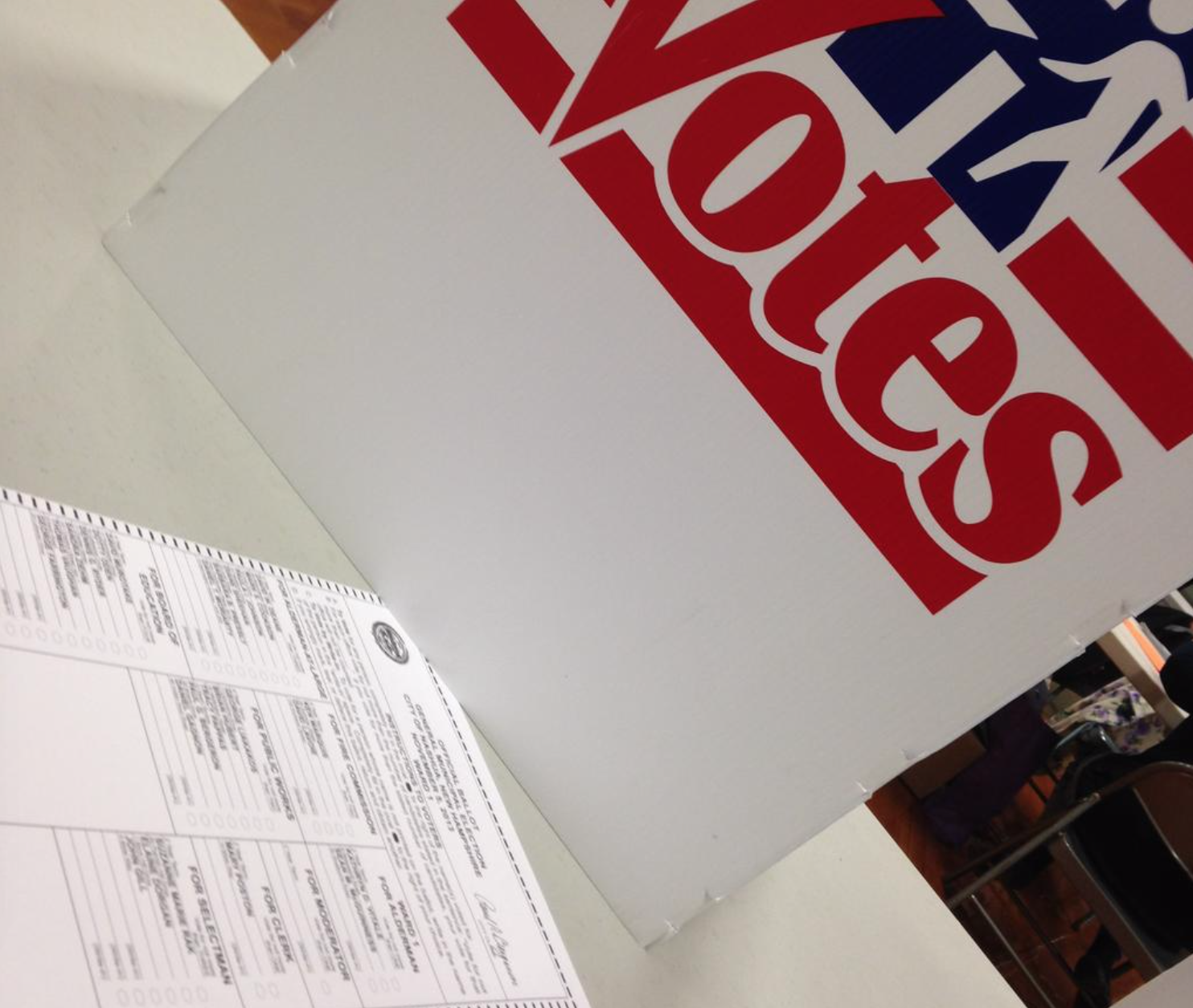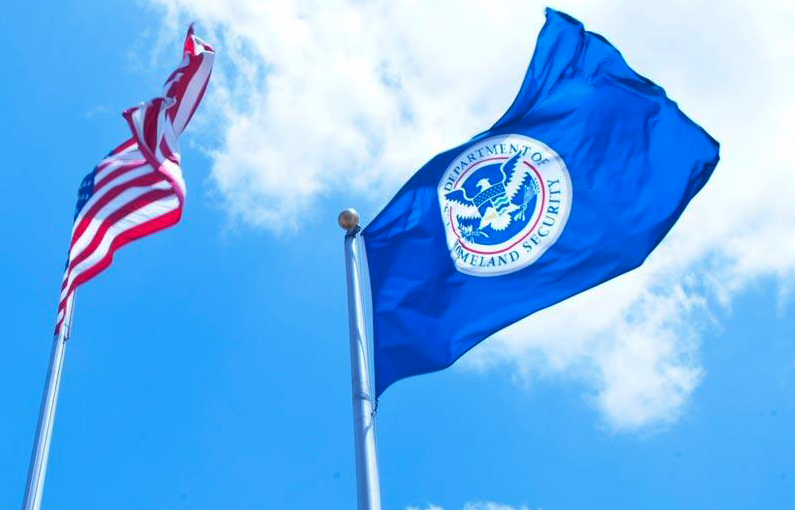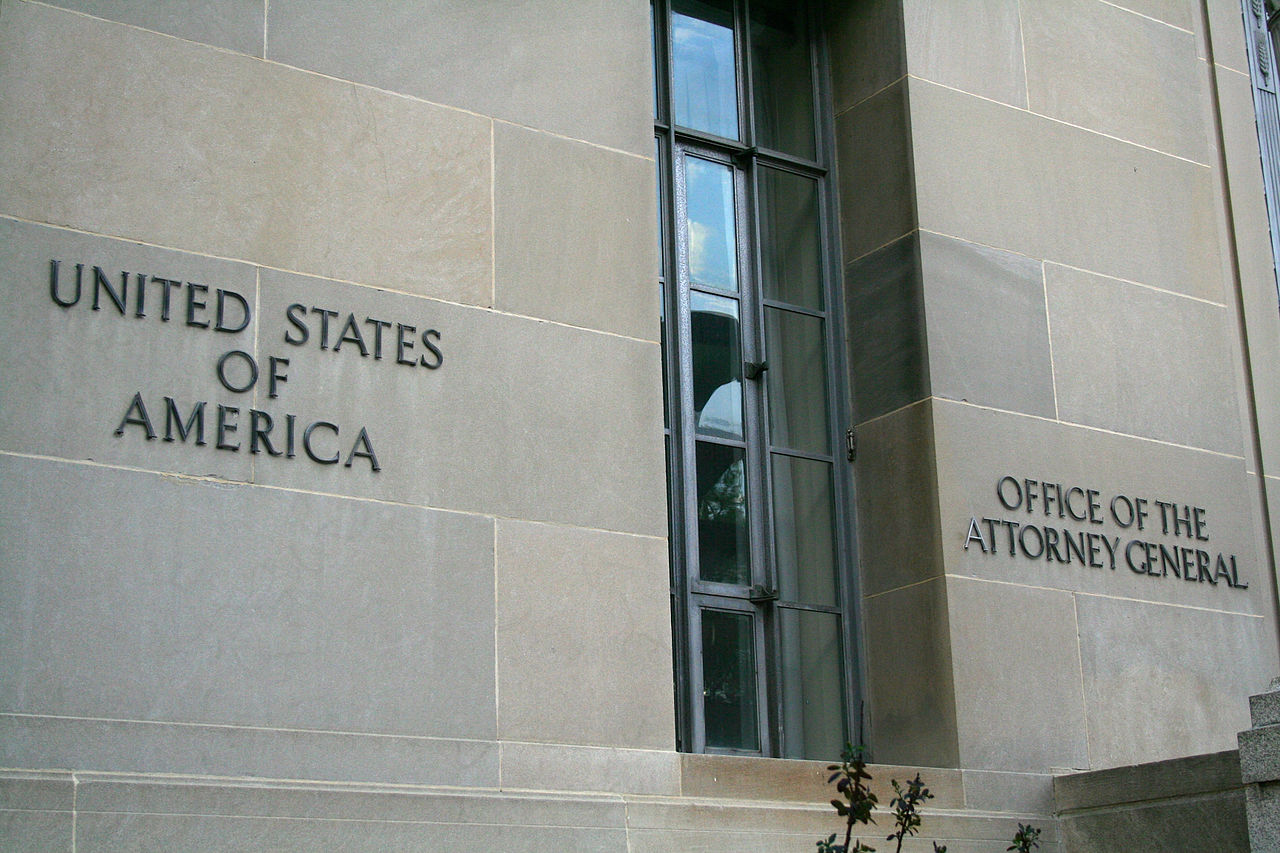They state that the automatic emergency brake requirement is “practically impossible with available technology.“
A business group representing America’s largest automakers has written to petition the transportation committee leaders in Congress regarding the new emergency brake requirements recently passed by the National Highway Traffic Safety Administration (NHTSA).
Newer vehicles use sensors like cameras and radar to engage emergency brakes when they detect a potential collision, ideally responding faster and more consistently than human reaction. In April, the NHTSA issued a rule on automatic emergency braking (AEB) systems for all U.S. automakers to be implemented by 2029. The rule requires cars manufactured after that date to be able to engage their AEB systems while driving at 90 mph and when a pedestrian is endangered at up to 45 mph.
The Alliance for Automotive Innovation, which represents companies such as Toyota and General Motors, warned that NHTSA’s requirements at higher driving speeds would result in vehicles “automatically applying the brakes far in advance of what a typical driver and others on the road would expect” resulting in rear-end collisions. The group also stated that the regulation is “practically impossible with available technology” and that the NHTSA “vastly underestimated the necessary and costly hardware and software change required for vehicles to comply with the rule.”
As the Lord Leads, Pray with Us…
- For members of Congress as they review the NHTSA’s rule and the difficulty manufacturers would have satisfying it.
- For wisdom for Acting Administrator Shulman and NHTSA officials as they pursue safety updates for vehicles.
Sources: Reuters, Fox Business









